5 Common Interior Design Mistakes (And How to Fix Them)
Let’s face it, improving our home’s interior design can be as thrilling as it is daunting. Whether revamping a cozy nook or transforming an entire room, our artistic choices often determine our space’s feel and functionality. Yet, despite our best intentions, we can slip up and make common design mistakes that compromise our space’s potential.
At the heart of our homes is the desire for balance and aesthetic allure. But how often do we find ourselves staring at a room that just doesn’t quite work? It’s essential to address these hiccups to elevate our interiors from mundane to magnificent.
In this article, we’ll step into the realm of interior design to uncover five prevalent mistakes we all tend to make—and more importantly, how to rectify them. Through thoughtful analysis and expert insight, we’ll explore how choices in furniture, lighting, and art affect our rooms’ charm. Together, we’ll strive to create spaces that aren’t just functional but also feel like home.
1. Overcrowded Spaces: Less is More
When we embark on our design journey, the temptation to fill every nook and cranny with furniture can lead us astray. A beautifully styled room requires a balance between form and function, ensuring each piece serves a purpose and resonates with the room’s overall theme.
Common Mistake: Overcrowding your room with too many pieces or large furniture can make the space feel cramped, cluttered, and claustrophobic. Minimalism is often overshadowed by an urge to showcase every possession we cherish.
The Fix: Prioritize versatility. Opt for multi-functional furniture that can adapt to various needs. A well-chosen statement piece can often make a more significant impact than multiple items. Consider incorporating built-in storage solutions or floating shelves to free up floor space and create an airy feel.
The goal is to let the room breathe, allowing each item to stand out and shine in its own right. When we adopt a less is more approach, our design choices speak volumes without overwhelming the senses.
2. Ignoring Lighting: The Room’s Unsung Hero
Lighting is an art, not just a necessity. Yet, we often underestimate its power. The right lighting can transform a room, setting the stage for mood, ambiance, and style that elevates the space.
Common Mistake: Relying solely on overhead lighting or neglecting to layer lights effectively. Rooms bathed in harsh, singular light can feel cold and impersonal.
The Fix: Embrace a layered lighting design by combining ambient, task, and accent lighting. Start with a primary light source that spreads evenly across the room—this could be a stylish chandelier or sleek ceiling fixture that complements the room’s color palette.
Introduce task lighting to illuminate areas where focused attention is needed, like a reading nook or kitchen counter. Lastly, accent lighting serves to highlight art, architectural features, or create specific focal points. A well-lit room is inviting, dynamic, and brimming with life. The harmony of light and shadow becomes the silent narrator of your room’s story. {image_content}
3. Forgetting the Power of Color
Colors wield tremendous influence over our mood and perception of a room’s space. Yet, many of us neglect to harness this power effectively, resulting in environments that feel disjointed or lack cohesion.
Common Mistake: Choosing a paint color before considering the rest of the room’s elements or selecting hues that clash with existing furniture and décor.
The Fix: Approach color selection with intention. Begin by identifying a color palette that complements the room’s furnishings, textiles, and art. Consider the effect each color will have on the room’s tone—warm hues can make a space feel cozy, while cooler palettes might open a room.
A feature wall can add depth and interest without overwhelming the space. Test paint samples in various lighting conditions to ensure they work harmoniously throughout the day. When colors are chosen with care and consideration, they unify the room, establishing harmony and balance.
4. Neglecting Personal Style: Your Space, Your Statement
Interior design is an expression of personal style and identity. Yet, in our quest for perfection, we sometimes lose sight of what truly resonates with us.
Common Mistake: Following fleeting trends without considering personal taste. The result is a space that feels more like a display room than a home.
The Fix: Celebrate your individuality. Before embarking on a redesign, take a moment to reflect on what styles, textures, and colors genuinely speak to you. Curate a collection of inspiration images or create a mood board that encapsulates your vision.
Invest in pieces you love, even if they don’t fit a specific trend. These elements will bring life and authenticity to the room. Remember, your home should tell a story about who you are and evolve with you. By staying true to ourselves, we create spaces that feel warm, inviting, and uniquely ours.
5. Overlooking Scale and Proportion
Scale and proportion are the unsung heroes of successful interior design. They ensure that every element—from furniture to art—fits comfortably within the room’s parameters.
Common Mistake: Choosing items that are either too large or too small for the room. A massive sofa in a small room can dominate, while undersized art can feel lost on a large wall.
The Fix: Pay attention to the room’s dimensions and scale accordingly. Use a measuring tape to ensure that your furniture will fit harmoniously within the space. Consider the height of ceilings, the size of windows, and the room’s overall layout when selecting furniture and decor.
Invest in a rug that anchors the space and is proportionate to the room’s size. Art should be hung at eye level and proportionate to the wall it’s displayed on. By embracing scale and proportion, every element will feel thoughtfully placed, creating a room that is both functional and aesthetically pleasing.
Designing a home is an evolving journey. It’s about creating environments that resonate with our personalities and cater to our needs. The common design mistakes we’ve explored are stepping stones to better understanding our spaces. By implementing these fixes, we not only enhance our interiors but also cultivate homes that reflect our unique stories.
As we navigate the world of interior design, let’s remember to infuse our spaces with creativity, balance, and authenticity. A well-designed home is a sanctuary—a place of comfort that inspires and rejuvenates. Embrace the process, and watch as your home transforms into a beautiful reflection of you.
FAQ
What is a common pitfall when selecting the color palette for a room?
A frequent mistake is choosing colors that are too bold or mismatched without considering the room’s lighting or the existing furniture. To fix this, select a neutral base and add pops of color through accents like pillows or artwork to achieve a balanced look.
How can improper furniture arrangement impact the functionality of a space?
Placing furniture without considering the flow of movement can make a room feel cramped or awkward. To enhance functionality, ensure there’s a clear pathway and that furniture is arranged to facilitate conversation and interaction.
Why might too much reliance on trends be problematic in interior design?
While trends can offer inspiration, relying heavily on them can make a space feel outdated quickly. To create a timeless look, incorporate classic pieces and use trends as accents or through easily changeable items like cushions or wall art.
What role does lighting play, and how can poor lighting affect a room?
Inadequate lighting can make a space feel gloomy and uninviting. To improve this, layer different lighting types, such as ambient, task, and accent lighting, to create a warm and welcoming environment.
How does neglecting scale and proportion impact interior design?
Using furniture or decor items that are too large or too small for the space can disrupt harmony. To fix this, measure the room and choose pieces that complement the room’s size and ensure balance across the space.
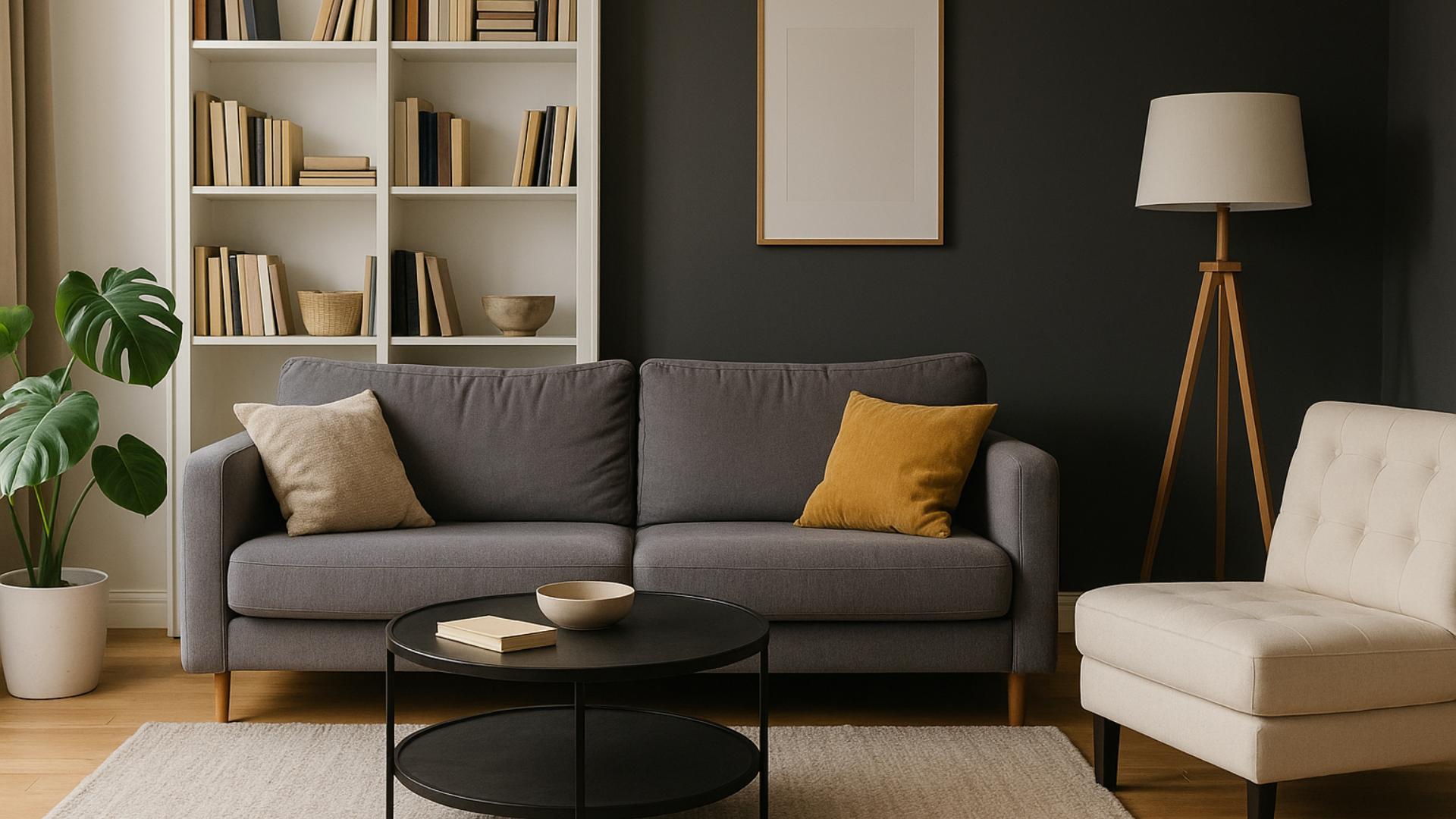
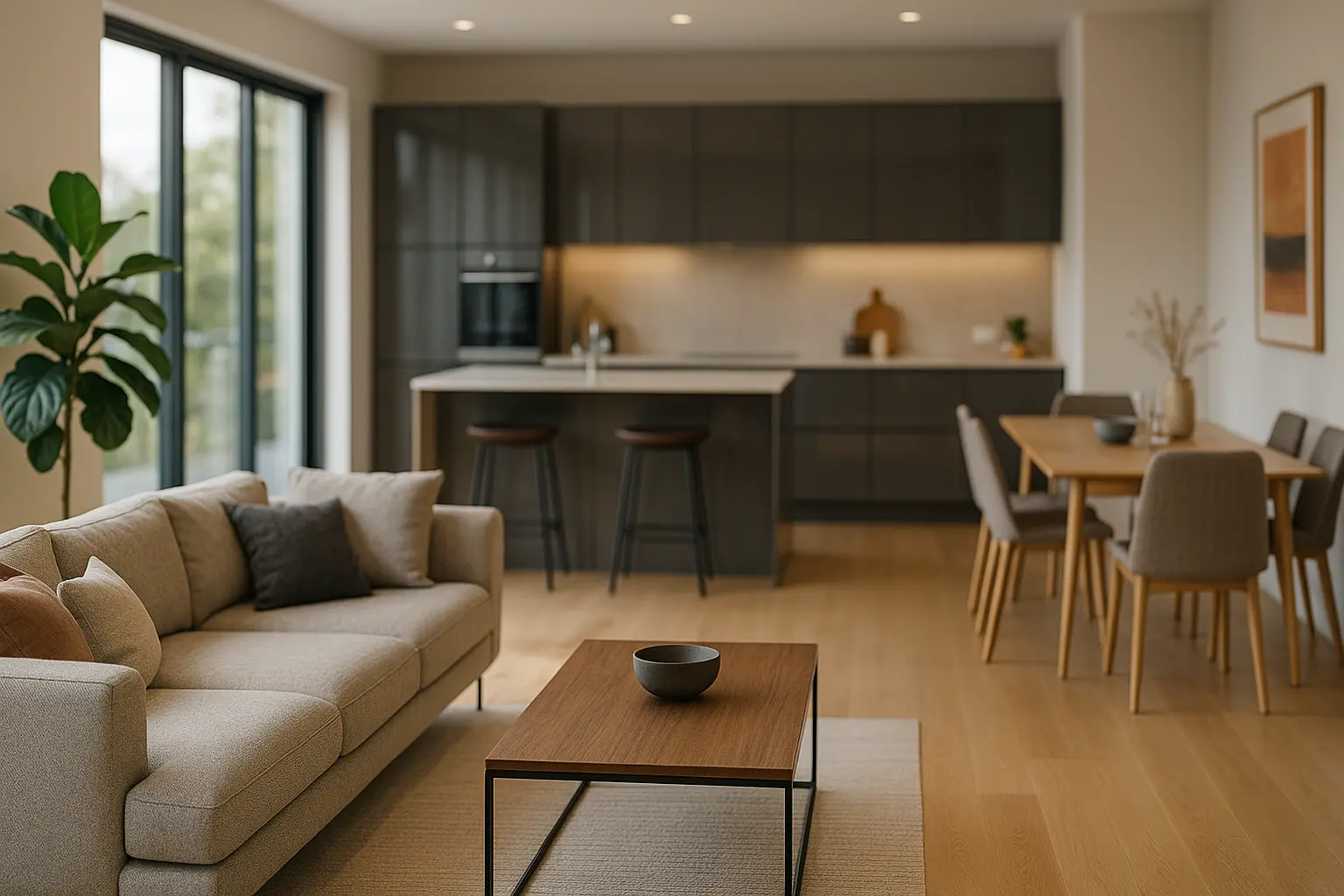
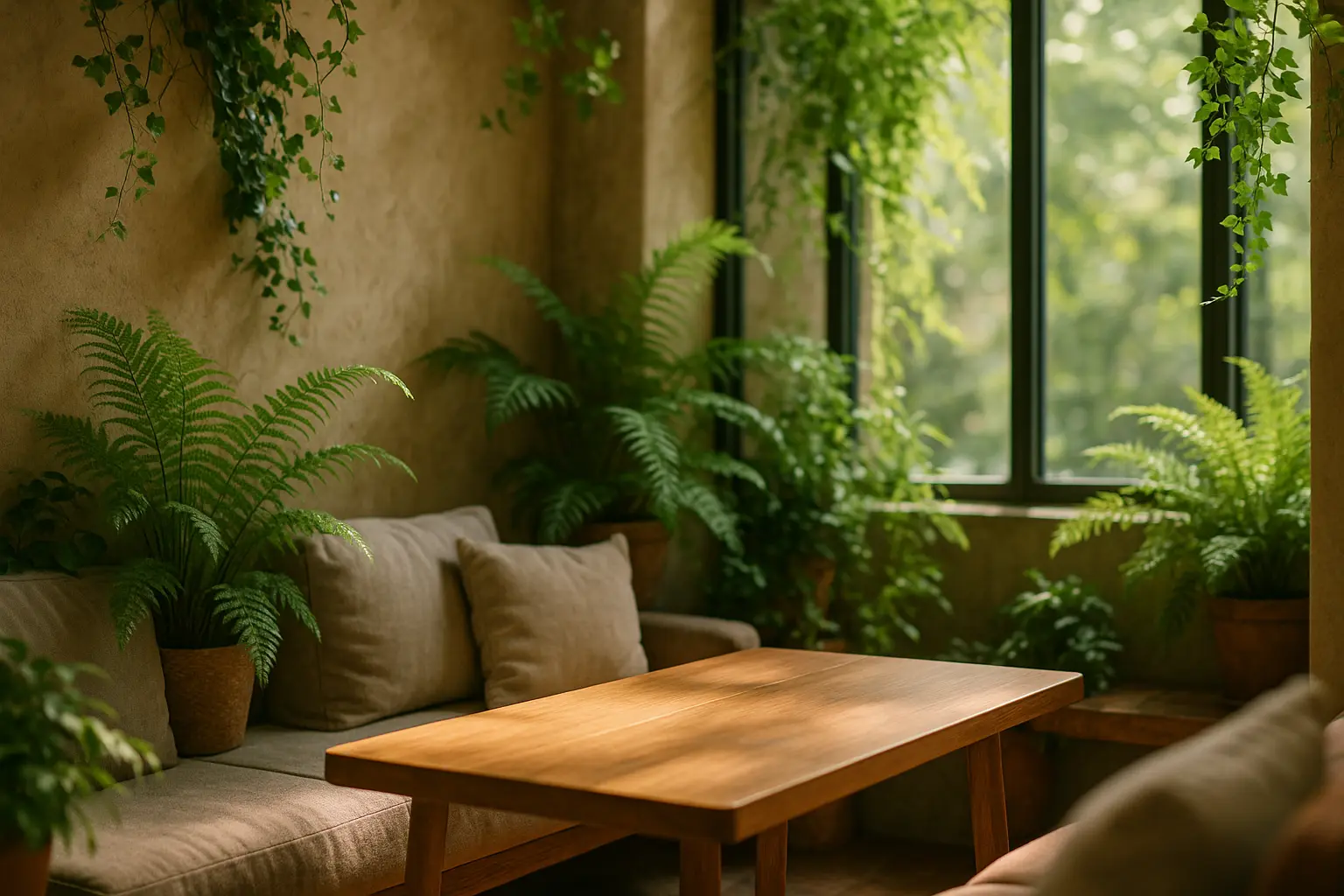
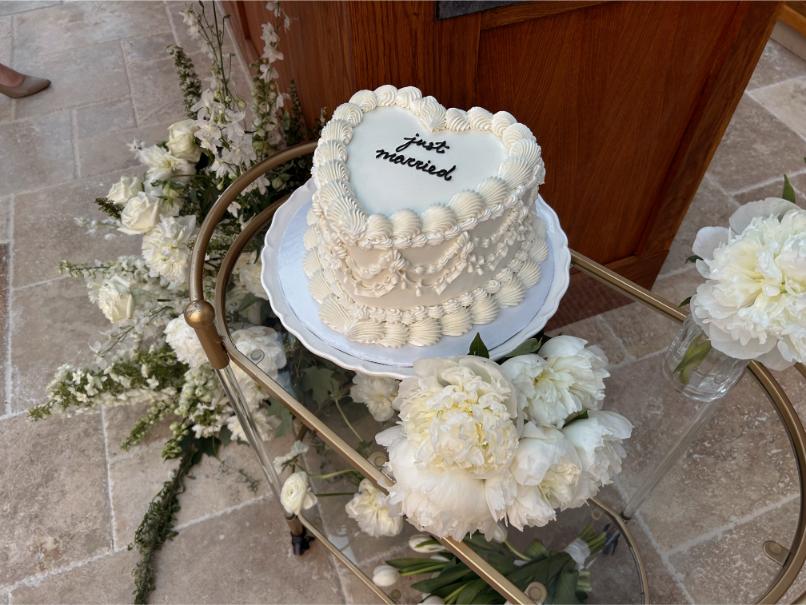


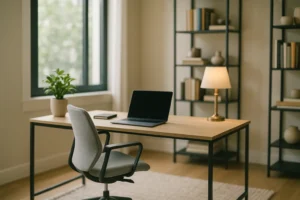





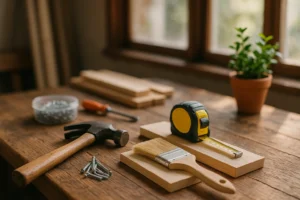

Post Comment